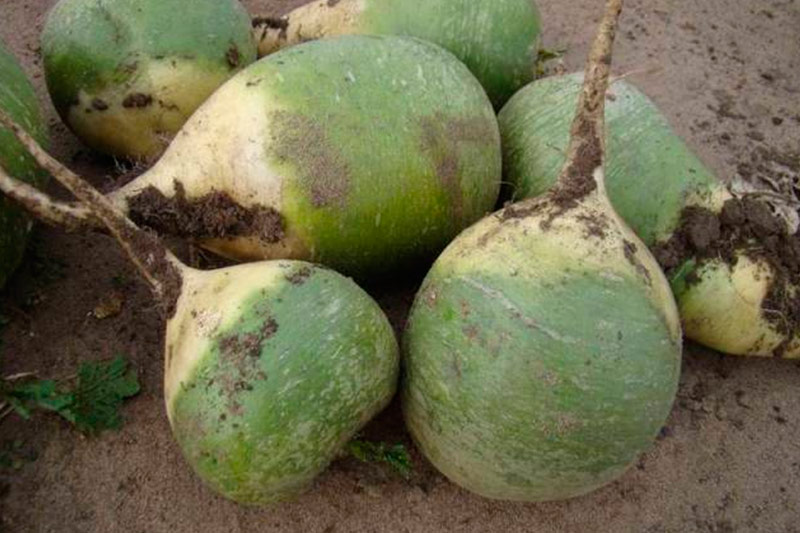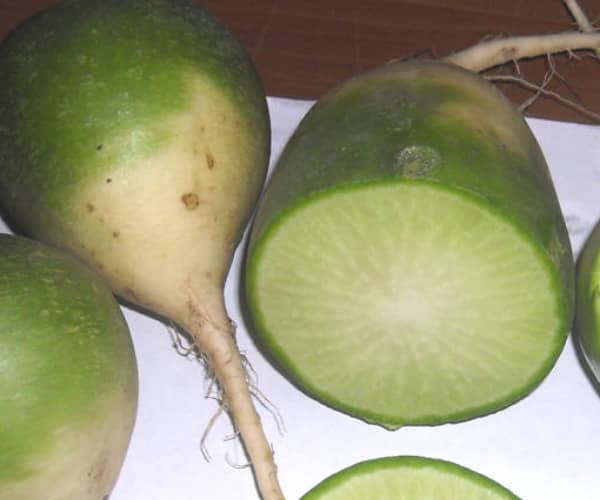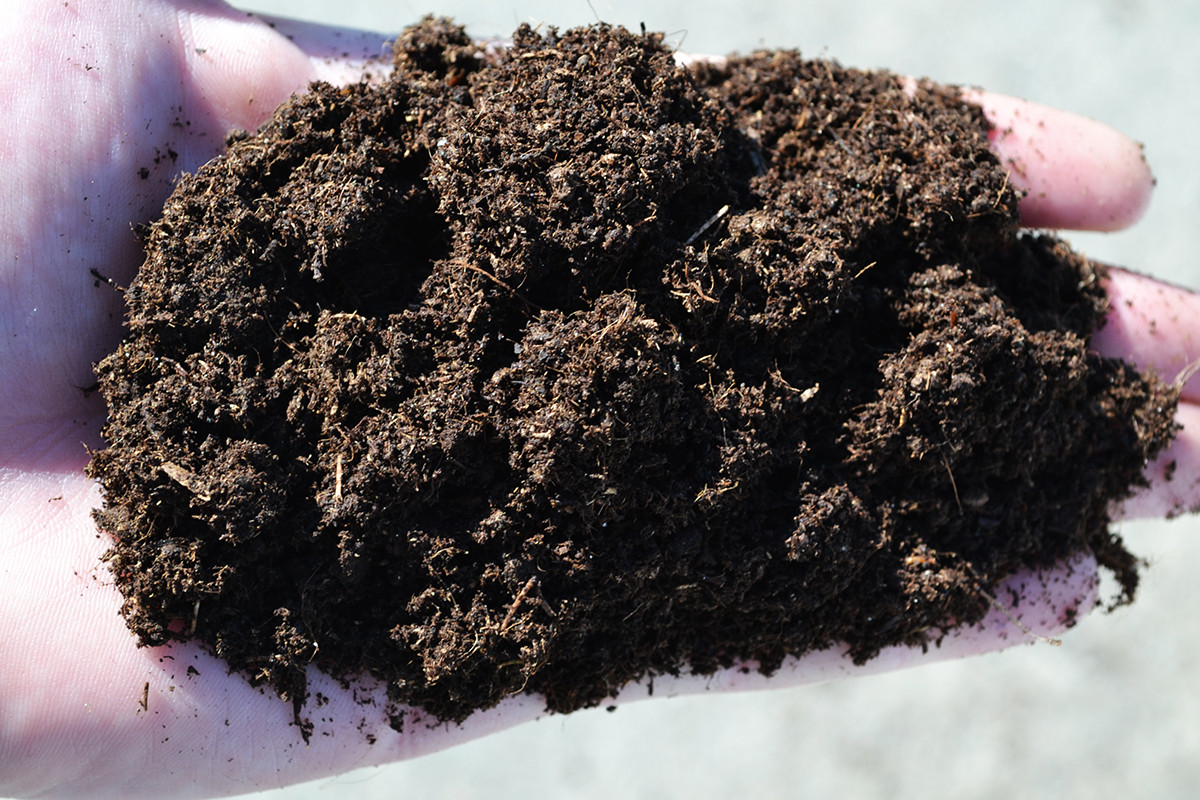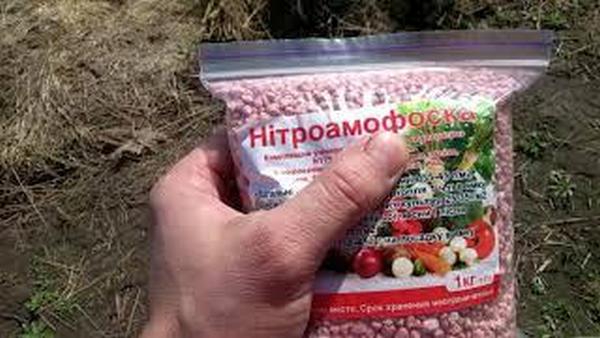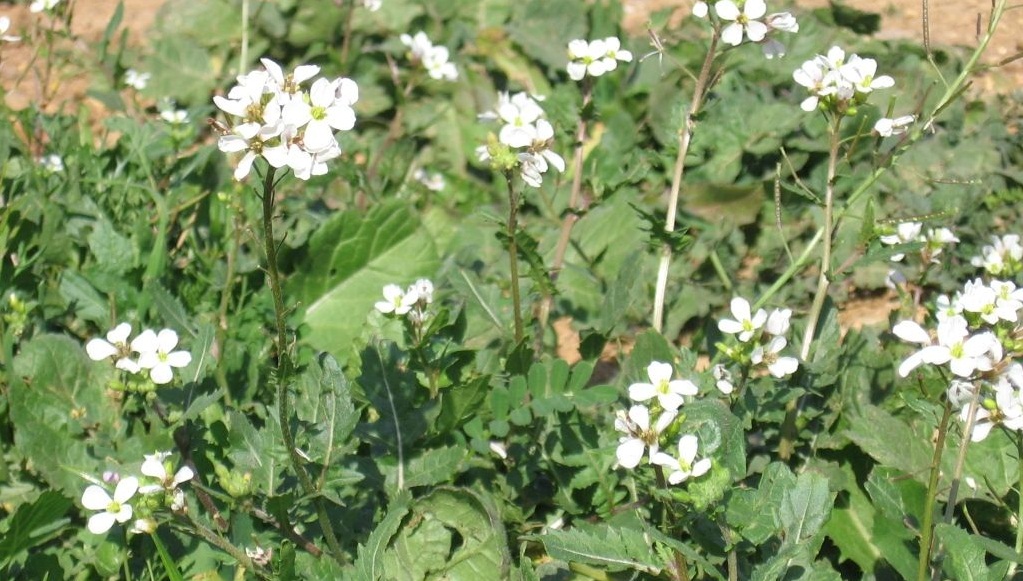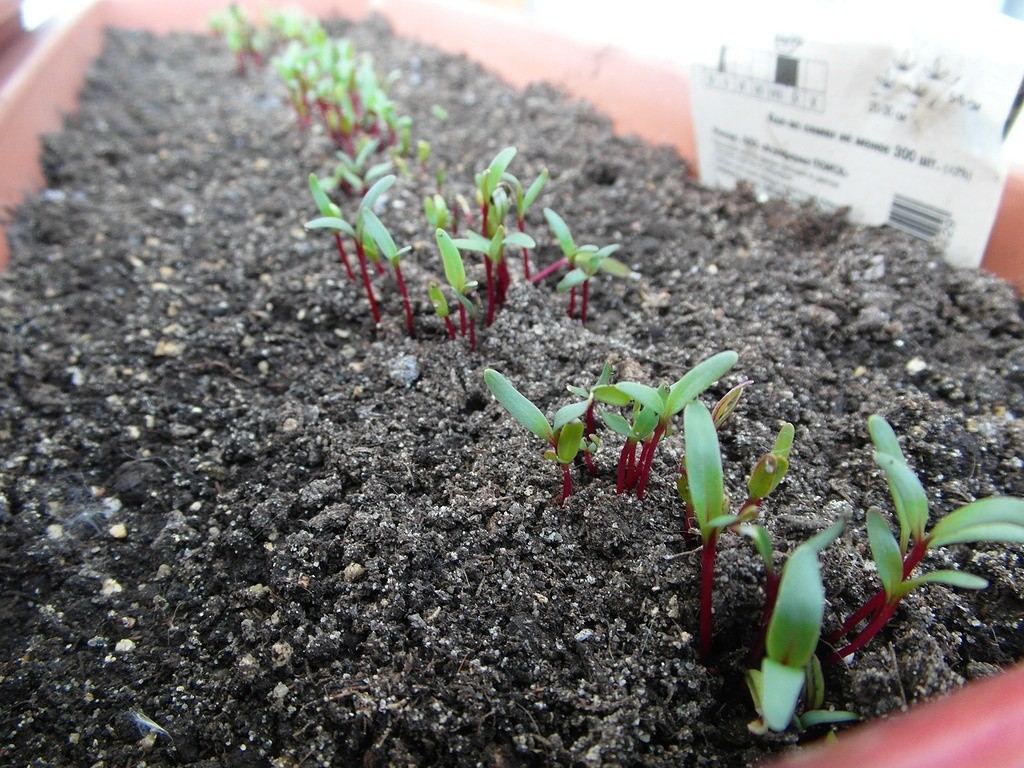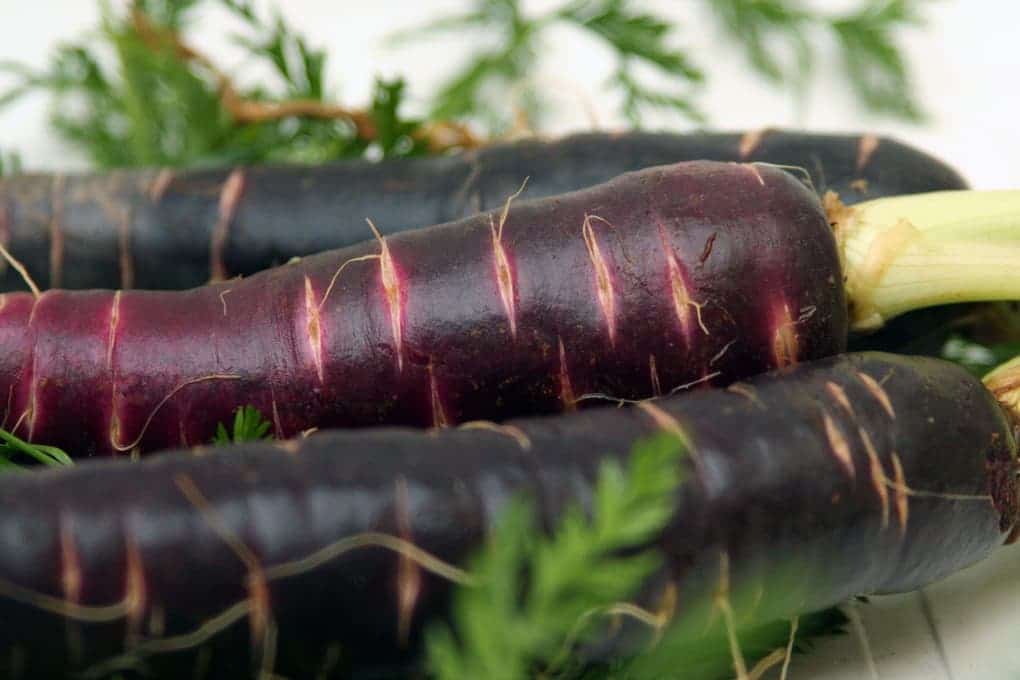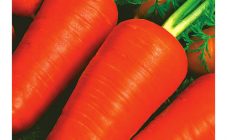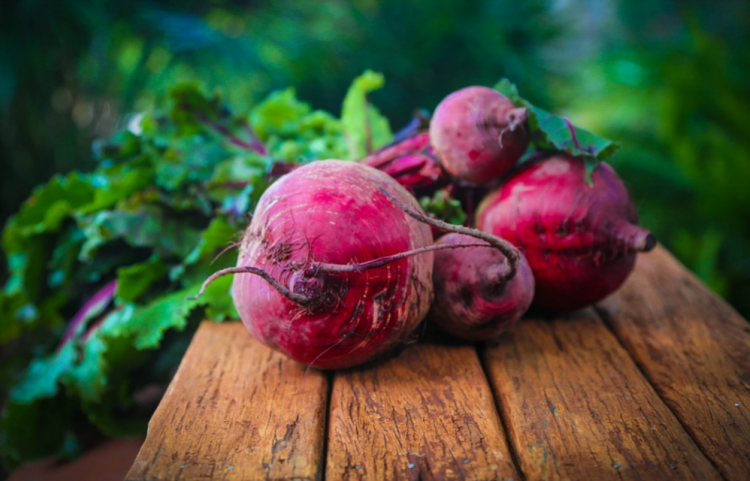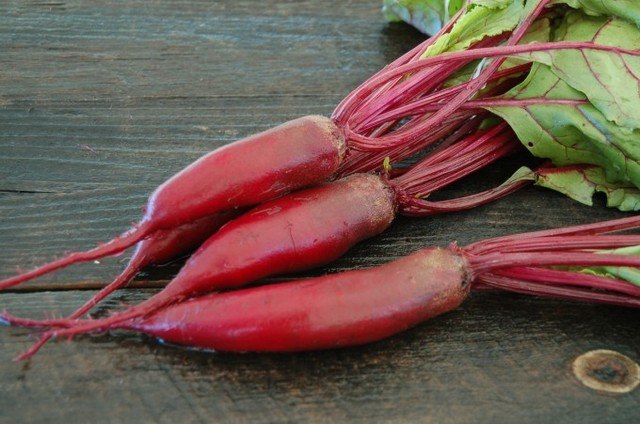Content:
Radish occupies a special place among root crops due to its beneficial properties. Growing this root crop will not be difficult even for a novice gardener.
The Chinese Margelan radish owes its original name to the Uzbek city of Margilan, where the root crop was first introduced. The locals liked this vegetable, they began to cultivate it on an ongoing basis.
This type of radish is also commonly called Chinese or green turnip. The variety is appreciated by gardeners, due to the minimum content of pungency in the pulp. This radish contains a minimum of mustard oil; its pulp is softer than radish and sowing radish. It is successfully cultivated in many regions in central Russia: in the Moscow region, in the Urals.
Characteristics and features of the variety
Frost resistance
The root crop does not require heat, the selected seeds begin to germinate at a temperature of + 2-3 degrees. The first shoots are able to withstand the fall of the thermometer to -3 degrees. Grown plants tolerate lowering up to -5 degrees. The optimum temperature for the emergence of seedlings and comfortable vegetation of the root crop is + 18-22 degrees.
Yield
The root crop has increased yields - from 1 sq. m. collect up to 5-6 kg of fruit. Traditionally, Chinese radish belongs to the early maturing species, the first harvest appears 70 days after the first shoots.
Bloom
Any root vegetable begins to bloom when it goes to seed, usually gardeners leave a couple of fruits in the garden to collect seeds for the next year. Chinese radish begins to bloom when, during the active growing season, daylight hours are 15 hours or more. In this case, you should not expect a good harvest. Fruit formation is poor, all the energy goes to the tops and flowering.
Plant parameters
The root vegetable has a spreading rosette of ground leaves. The radish gives small fruits, 17-20 cm long. The weight of the underground part of the radish can reach 500 g. In the course of development, the root crop lengthens, acquiring a rounded shape. The root crop is loved for its juiciness and minimum pungency, unlike other varieties. The fruits crunch when consumed, are suitable for conservation, stewing, can be used unprocessed.
Radish is also famous for its rich composition, content of life-giving vitamins, useful manganese, and essential iron. Chinese radish increases appetite, helps to cleanse the body, and reduces congestion. Squeezed juice from a root vegetable is able to quickly stop colds due to its antiseptic properties.
Agrotechnics
A root crop grown with your own hands on the site will be of the greatest benefit. Growing radish is not fraught with certain difficulties, and a novice gardener will also cope with it.
Optimal planting times
Selected radish seeds can be sown twice per summer season. In early May, the proven root seeds are planted. The root crop is obtained in the summer. For the winter storage period, there is a vegetable planted in early June. All sowing times given are approximate. Each gardener must decide on the timing of sowing the radish so that it does not fall for a period of long daylight hours, does not bloom. Selected seeds are planted immediately in open ground; the early-ripening variety does not need planting seedlings.
Soil preparation
To get a high-quality root crop, they choose areas with a neutral acidity level, enriched with organic matter. To reduce the acidity level, diluted lime is added to the soil. If the site has a heavy clay soil, add sifted sand or high-quality peat.
Since autumn, the soil where the root crop will be grown is dug 20 cm deep. In order to increase soil fertility, complexes based on organic matter and minerals are introduced. At the onset of spring, the site is fertilized again. To do this, use compost or high-quality humus. These are the basic preparations for disembarkation.
It is strictly forbidden to use fresh manure, since such an action can harm the taste of root crops, and reduce the permissible shelf life.
Care features
If 2 seeds are sown into the holes for better shoots, then thinning is necessary for such a bed. The first procedure is carried out when a couple of leaves appear on the sprouts. In this case, a weak sprout is removed. After the appearance of the first rudiments of future root crops, a second thinning procedure is carried out. You need to pinch off carefully, without pulling the spine out of the ground.
Margelan radish responds well to top dressing. This should be done twice during the growing season. After the first thinning, the radish is sprinkled with wood ash. For the second time, an effective nitrophosphate is used.
Having planted a radish, they monitor its condition. When the leaves turn yellow, the roots are fed with a mullein solution.
When watering a root crop, it is important to maintain a moisture balance, because the dry period will make the fruit taste tough, and it can crack from the abundance of moisture. The culture needs frequent watering, only by the amount of moisture it is necessary to comply with the norm.
Advantages and disadvantages of the variety
Many gardeners decide to grow radish on their site, thanks to its following advantages:
- Increased frost resistance - sprouts will not freeze from a slight decrease in temperature;
- Excellent yield indicators - from 1 sq. m. collect up to 6 kg of useful corefruit;
- Excellent taste with minimal pungency;
- Unpretentious care;
- Fast ripening period - up to 70 days from the moment of sowing;
- Resistance to destructive diseases;
- The richest composition of vitamins;
- Removes slags;
- Regular consumption of radish has a beneficial effect on the hematopoietic system.
As the shortcomings of the variety, it is noted that it is susceptible to diseases: white rot, black leg. It is also attacked by cruciferous fleas, fatal cabbage flies. Before planting a useful radish, the soil is disinfected with a weak solution of manganese. Anyone can sow radish seeds on their site, discover the beneficial properties of this root crop in practice.
Contraindications
Margelan radish, planting and care, the planting dates of which were presented above, is not suitable for everyone. Unfortunately, there are certain contraindications:
- Chronic gastritis, increased acidity;
- Acute phase of peptic ulcer disease;
- Renal dysfunction, urolithiasis;
- At the time of the development of infectious diseases;
- Carrying a fetus and feeding;
- The body's predisposition to non-standard reactions.
All these points are taken into account before they are going to grow healthy Chinese radish on their site.
